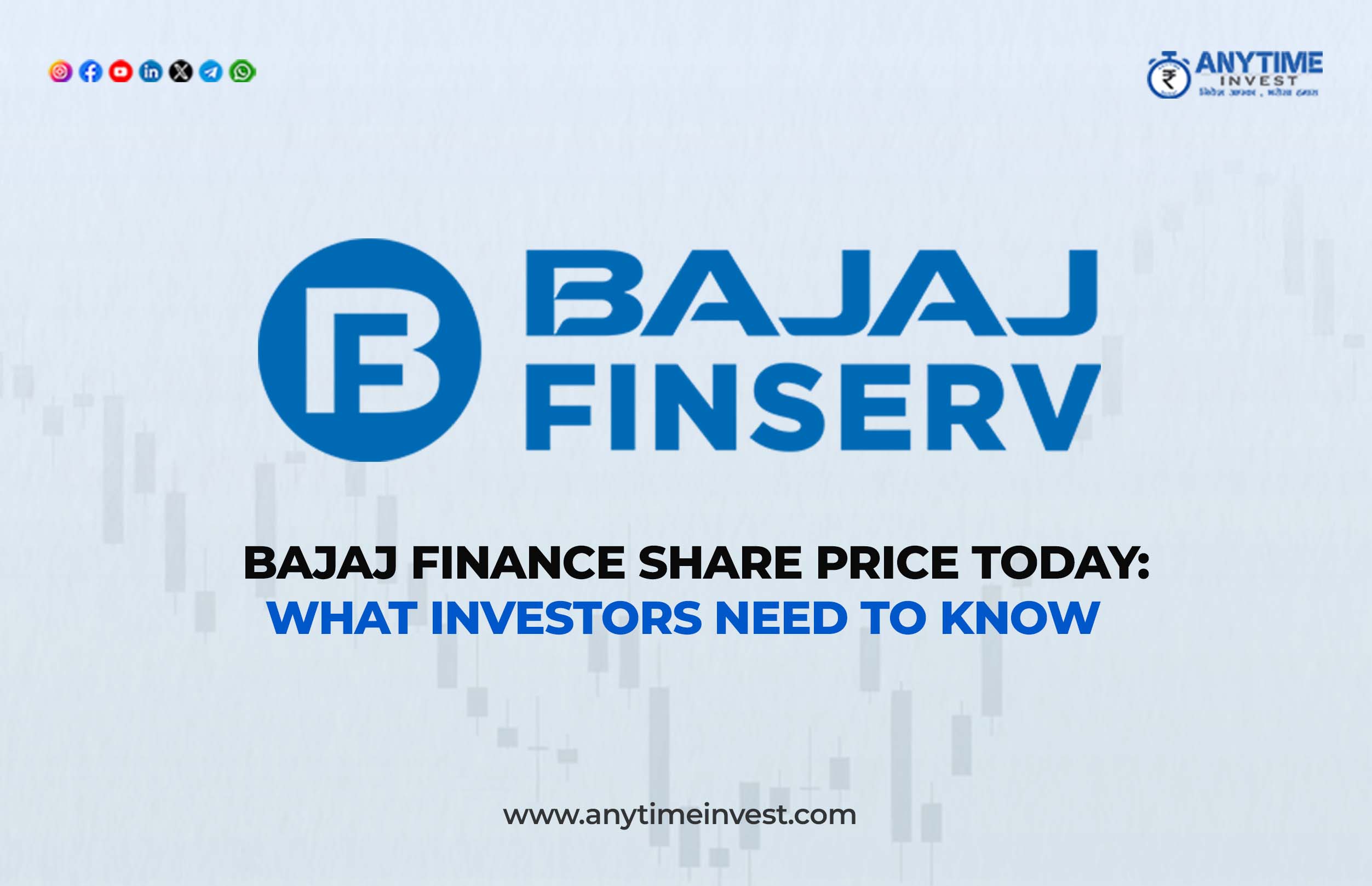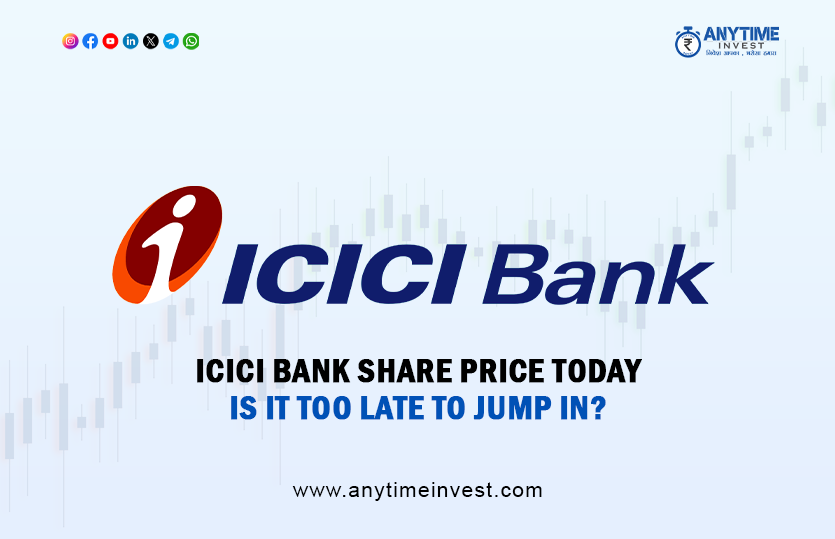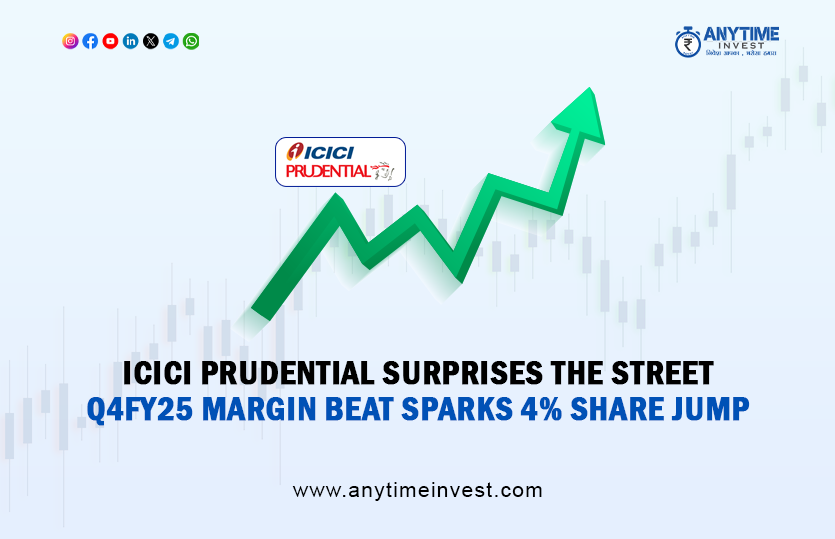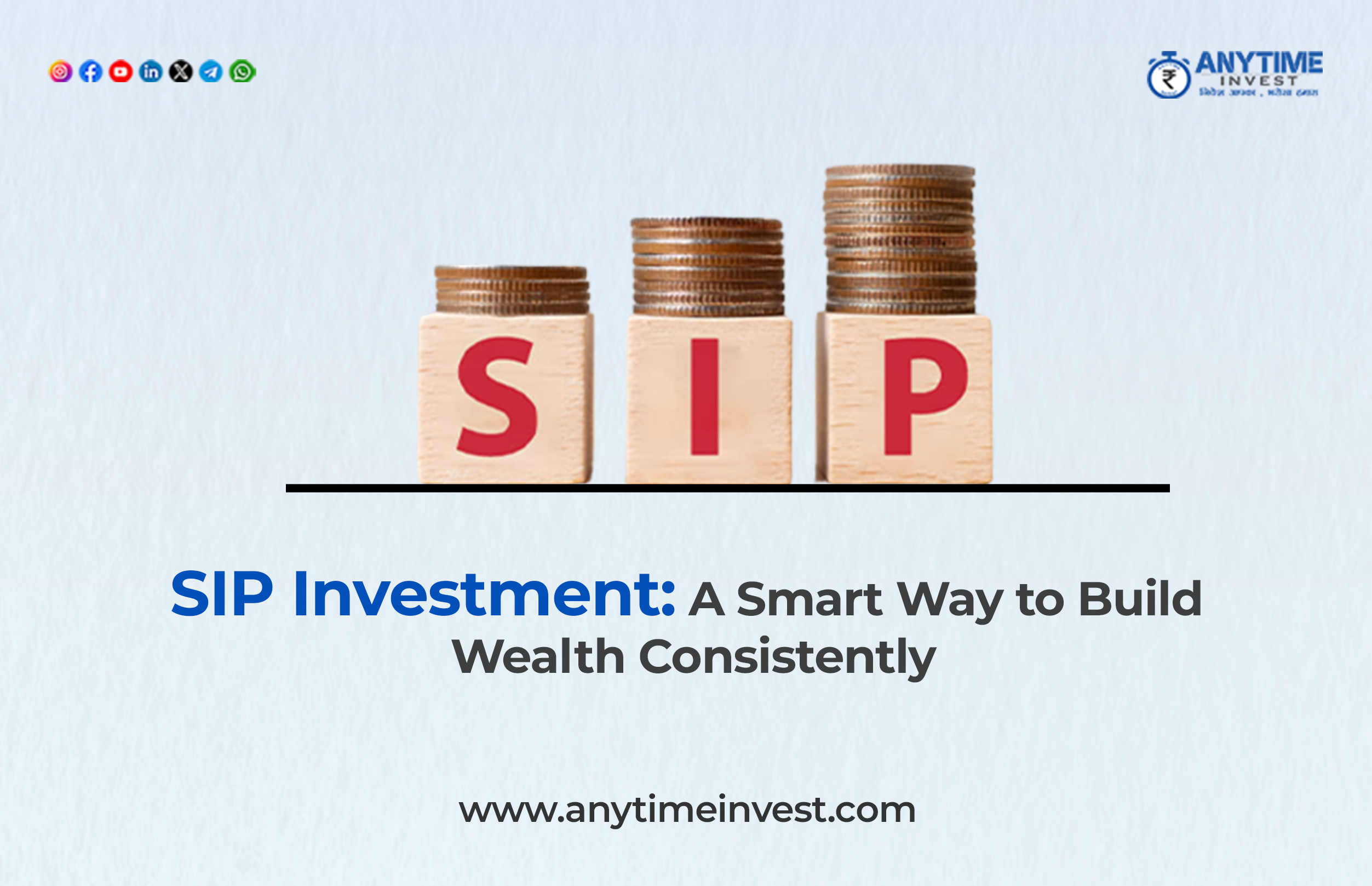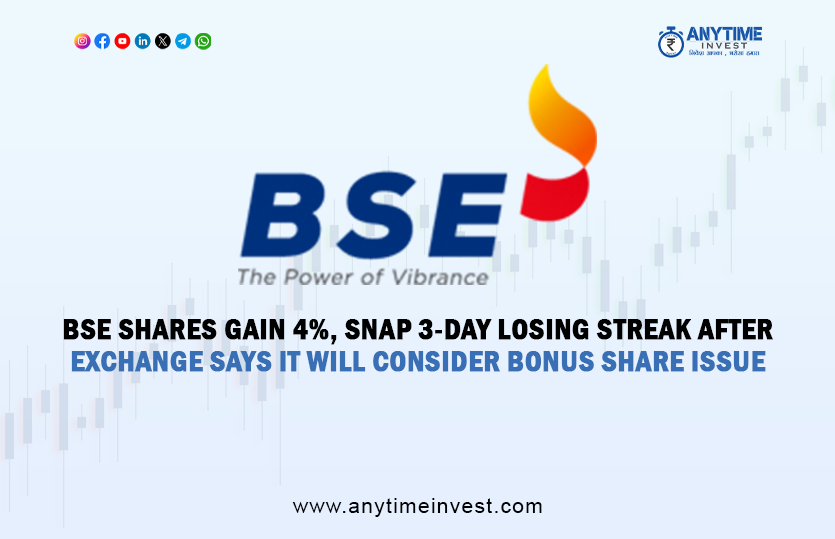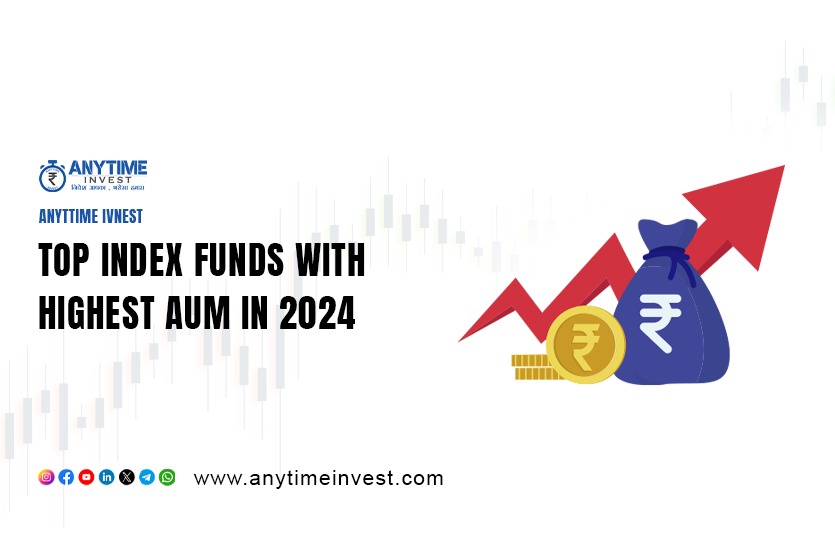Factors Impacting Jindal Rail Share Price: A Deep Dive
Uncovering the Key Drivers Behind Jindal Rail's Market Movements and Investment Potential
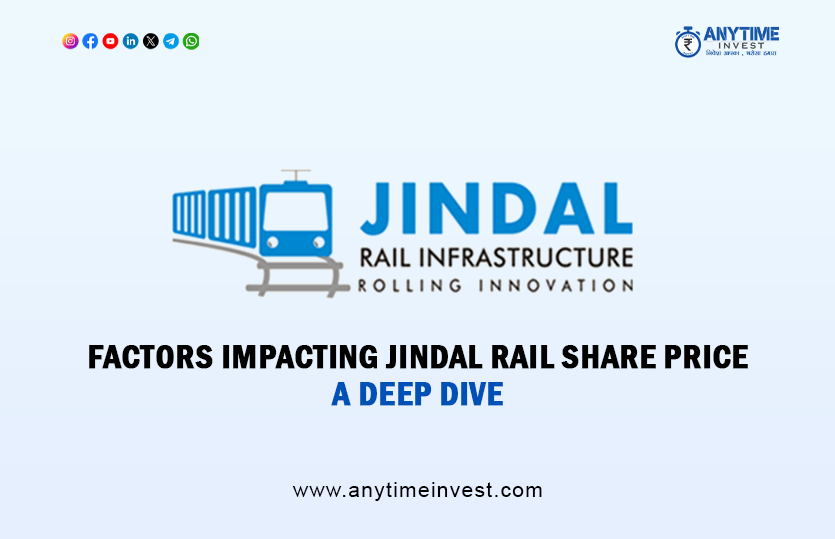
The Jindal Rail share price has been a topic of considerable interest among investors, especially following the company's recent developments in both domestic and international markets. As a key player in the rail manufacturing sector, Jindal Rail’s stock movements are influenced by a variety of financial, operational, and macroeconomic factors. In this article, we’ll take a deep dive into the major elements that affect the Jindal Rail share price, helping investors and market watchers make more informed decisions.
1. Company Performance and Earnings Reports
One of the most direct factors influencing the Jindal Rail share price is the company’s quarterly and annual financial performance. Metrics such as revenue growth, profit margins, EBITDA, and net income provide critical insights into the company’s operational efficiency. Any significant deviation—positive or negative—from market expectations can lead to immediate movement in share prices. Strong financial results often boost investor confidence, leading to a surge in the Jindal Rail share price, whereas underperformance typically results in a dip.
2. Government Policies and Infrastructure Spending
Jindal Rail operates in a sector heavily influenced by government decisions. Policies related to infrastructure development, railway modernization, and public-private partnerships can have a direct bearing on the Jindal Rail share price. For instance, increased government spending on rail projects can lead to a rise in orders for Jindal Rail, thereby driving stock prices up. Conversely, any policy slowdown or budget cuts could negatively impact the company’s order book and affect investor sentiment.
3. Global Economic Trends
Although Jindal Rail is primarily focused on the Indian market, global economic conditions still play a role. Factors such as international steel prices, freight demand, and global supply chain disruptions can indirectly impact the Jindal Rail share price. A rising cost of raw materials like steel, for example, can increase operational costs and shrink profit margins unless passed on to customers.
4. Raw Material Prices and Supply Chain Dynamics
The manufacturing process for rail wagons and coaches is highly dependent on raw materials, particularly steel and aluminum. Volatility in raw material prices can significantly influence the Jindal Rail share price. If procurement costs rise sharply and the company is unable to adjust prices accordingly, it could pressure earnings. Additionally, any disruption in the supply chain, whether domestic or global, may delay project timelines, which often reflects negatively on stock performance.
5. Competition and Market Share
The Indian railway manufacturing sector is becoming increasingly competitive with several private and public sector players vying for contracts. Jindal Rail’s ability to maintain or grow its market share amidst this competition is a strong determinant of its stock’s attractiveness. A strategic win of a major contract, for instance, can push the Jindal Rail share price higher, while losing out on bids to rivals might weigh it down.
6. Technological Advancements and Product Innovation
In a sector that’s gradually embracing modernization, Jindal Rail’s investment in R&D and its capacity to innovate also influence its stock valuation. The development of lighter, more energy-efficient rail cars or smart logistics solutions can position the company as a leader in its field. Positive news related to innovation or patent filings can boost investor confidence and positively impact the Jindal Rail share price.
7. Investor Sentiment and Market Trends
Stock prices are not driven by fundamentals alone. Market psychology plays a critical role. News coverage, social media chatter, and analyst recommendations can create momentum—both positive and negative. A bullish report from a reputed brokerage firm or an increase in institutional holding can drive up the Jindal Rail share price. Similarly, rumors or negative press—even if unfounded—can cause temporary declines.
8. Orders and Contract Wins
Winning new contracts, particularly large and long-term government or export deals, significantly boosts revenue visibility and improves the overall outlook for the company. Whenever Jindal Rail announces a new contract, especially with Indian Railways or international partners, it generally leads to a sharp uptick in the Jindal Rail share price. Investors view such developments as a signal of growth and stability.
9. Macroeconomic Indicators and Interest Rates
Broader economic indicators such as GDP growth, inflation rates, and changes in interest rates also impact stock prices. A growing economy usually translates to increased investment in infrastructure, positively affecting companies like Jindal Rail. On the flip side, rising interest rates could increase borrowing costs, thus impacting profit margins and eventually influencing the Jindal Rail share price.
10. Corporate Governance and Leadership Changes
Finally, internal corporate events like leadership changes, board restructuring, or governance issues can sway investor confidence. A well-regarded new CEO or a successful strategic reorganization may provide a much-needed boost to the Jindal Rail share price. In contrast, any controversy or lack of transparency can erode trust and cause a decline in stock value.
Conclusion
Tracking the Jindal Rail share price requires a multifaceted approach. It’s not just about financial reports but also about reading the economic landscape, understanding policy shifts, and monitoring industry dynamics. While short-term fluctuations are inevitable, investors focusing on long-term fundamentals, including consistent earnings, strong governance, and strategic innovation, are better equipped to gauge the potential trajectory of the Jindal Rail share price.
By keeping a close eye on these influencing factors, investors can make more informed decisions and potentially benefit from the growth prospects that Jindal Rail offers in the infrastructure and railway sector.






